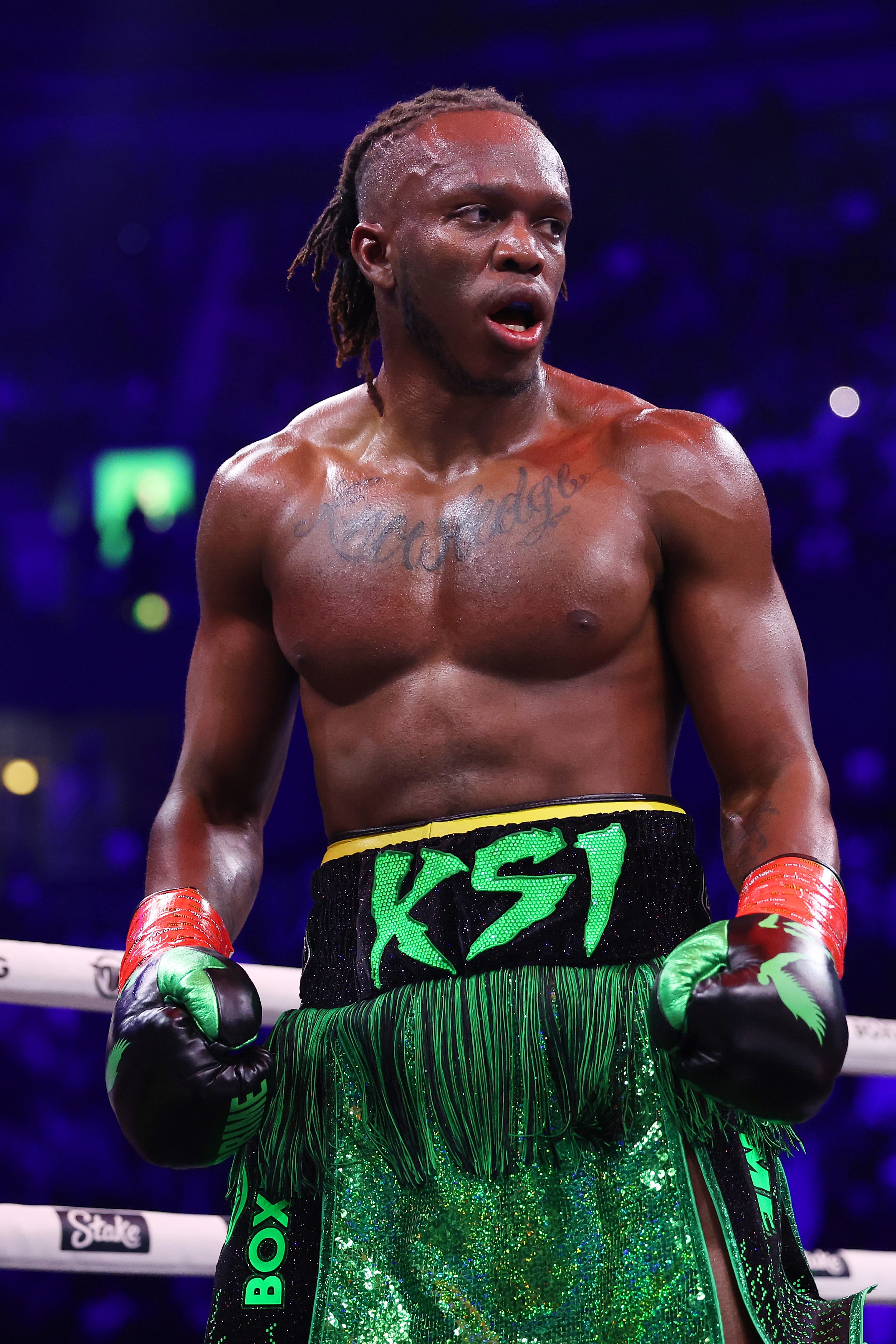KSI's Potential Showdown with Floyd Mayweather
KSI has been backed to bring boxing legend Floyd Mayweather out of retirement for a huge exhibition fight. Mayweather, who officially retired in 2017 after defeating Conor McGregor, has continued to participate in money-spinning exhibition bouts despite stepping away from professional boxing.
Jeff Mayweather Supports the Idea
Mayweather's uncle, Jeff, who previously trained KSI, sees the potential bout as a lucrative opportunity for both fighters. Jeff emphasized Mayweather's continued dedication to training and the sport, suggesting that a fight with KSI could be a significant draw for fans and a big payday for both competitors.
Mayweather's Exhibition Fights Post-Retirement
At 47 years old, Mayweather has engaged in several exhibition matches against opponents from various backgrounds, including social media stars, MMA fighters, and boxers. Despite criticism for continuing to fight past his prime, Mayweather has found these exhibitions to be both financially rewarding and entertaining.
Frequently Asked Questions
How do amateurs progress to professional boxers?
The transition from amateur boxing to professional requires a significant increase in training intensity and mental preparation. An amateur must demonstrate a high level of performance by taking part in local or national competitions. It is also critical to obtain a professional boxing license and align with experienced managers and trainers who can guide career decisions and secure professional bouts.
Do you have to be a certain age to learn how box professionally?
Age restrictions are in place for professional boxing. Most boxing organizations require boxers to be 18 years old or older before they can fight professionally. At the upper end of the spectrum, there is no age limit per se, but physical ability and health will limit an individual’s ability to compete safely. It’s crucial for older athletes to be thoroughly assessed for fitness and risk before taking up the sport professionally.
How important is physical training in professional boxing?
Professional boxing demands a high level physical conditioning. The sport demands that athletes have high levels in strength, speed, stamina, and agility. Professional boxers are required to follow a fitness regimen that includes anaerobic and aerobic exercises, resistance and strength training, as well as flexibility workouts. A boxer cannot train efficiently and perform well in the ring without superior physical fitness.
How important is mental toughness to professional boxing?
Mental toughness in professional boxing is as crucial as physical conditioning. The sport requires mental toughness, resilience, and the ability of handling pressure. Mental preparation includes visualization, stress management, and developing a mindset that is ready to face the challenges in the ring. A boxer without mental toughness may find it difficult to perform well under the extreme conditions of a professional competition.
What are the key components of a boxer’s training routine?
A boxer’s routine is made up of several main components. These include technical skills development, tactics drills, strength-and-conditioning, sparring, as well as mental preparation. Tactical drills allow for the development of fight strategies while focusing on technique. Training exercises increase athleticism and sparring gives you a practical fighting experience. Mental training helps build confidence, focus, resilience and resilience.
What are the dangers of professional boxing?
Professional boxing, like any contact sport, carries inherent risks. They include acute injuries, such as cuts and bruises, broken bone, head trauma, and potential chronic conditions caused by repeated impacts, such concussion syndromes, or neurological disorders. Although boxing regulations and safety equipment can help to reduce risk, it is impossible to eliminate them completely. Boxing professionally requires you to accept and understand these risks.
What should you look for when choosing a boxing trainer?
In choosing a boxing instructor or coach, you should consider their experience, track record, coaching style compatibility, and understanding of technical and tactical aspects. A good trainer will also emphasize safety, conditioning, and personal growth. It is also important to find a boxing coach who can motivate you and communicate effectively.
Statistics
- Approximately 80% of professional boxers start their career in the amateur ranks before transitioning to the professional level.
- A study showed that most professional boxers have spent more than 4 years in training before their first professional bout.
- Less than 10% of professional boxers are undefeated throughout their career, highlighting the sport’s competitive nature.
- Reports suggest that successful professional boxers can earn upwards of 50 times more than the median purse for entry-level professionals per fight.
- The average age for boxers to turn professional is between 18 to 25 years, though many continue to compete well into their 30s and beyond.
- Nutrition experts emphasize that over 70% of a boxer’s diet should focus on carbohydrates and proteins for energy and recovery.
- Professional boxers typically train 4 to 6 hours per day, 5 to 6 days a week, depending on their fight schedule.
External Links
boxingnewsonline.net
boxingforum24.com
wbcboxing.com
boxingscene.com
proboxing-fans.com
boxingnews24.com
ibhof.com
How To
How to Recover After Boxing Training
Efficient recovery after intense boxing training is critical for performance and progression. Reduce muscle soreness by implementing a cool-down after your workout that involves stretching and low-intensity aerobics. Prioritize your nutrition right after training. A mixture of protein and carbs can aid in muscle recovery. Replenish fluids that you lose during exercise. It is crucial to recover from exercise by getting enough sleep. You should aim for at least 7-9 hour per night. Regular use of massage and foam rollers can also reduce stiffness and promote muscle recovery.
Did you miss our previous article…
https://www.sportingexcitement.com/boxing/elle-brookes-next-fight-accidentally-leaked/

